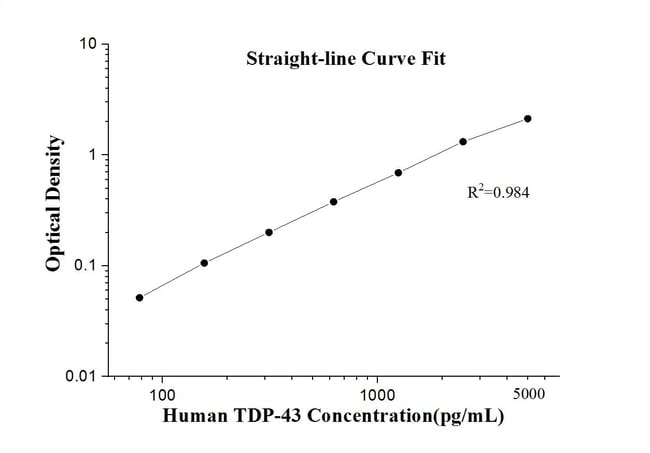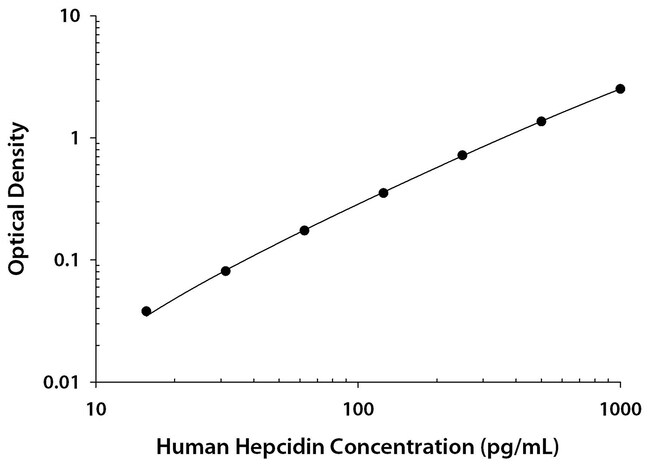Useful Links
Save Now - Exclusive Deals
Product Code 4926587
Product Code 18316612
Product Code 4922264
Product Code 4922267
Product Code 4918909
Product Code 4531701
Product Code 7078176
Product Code 16851436
Product Code 16861506
Product Code 16851596
Product Code 200085175
Must Have
Product Code 4918825
Product Code 18043564
Product Code 4754511
Product Code 4753975
Product Code 30021119
Product Code 4918931
Product Code 4754287
Product Code 18791864
Complete Your Order - Great Deals
Product Code 6340237
Product Code 8328225
FAQ
ELISA (Enzyme-Linked Immunosorbent Assay) test kits come in several different types, each designed for specific applications and detection formats. The main types of ELISA test kits include:
- Direct ELISA:
In this format, an antigen is directly attached to the surface of the microplate wells. A labeled antibody that is specific to the antigen is then applied. This method is simple and quick but may have lower sensitivity
- Indirect ELISA:
This type uses a two-step detection process. First, an antigen is bound to the plate. Then, a primary antibody specific to the antigen is applied, followed by a labeled secondary antibody that binds to the primary antibody. This method increases sensitivity and flexibility
- Sandwich ELISA:
In a sandwich ELISA, a capture antibody is first attached to the plate. The antigen is then added and binds to the capture antibody. After washing, a detection antibody (which is also specific to the antigen but recognizes a different epitope) is added. This method is highly specific and suitable for detecting complex samples
- Competitive ELISA:
Here, the antigen in the sample competes with a labeled antigen for binding to a specific antibody. The amount of labeled antigen that binds is inversely proportional to the concentration of the antigen in the sample. This format is commonly used for small molecules and haptens
Each type of ELISA test kit is chosen based on the specific requirements of the assay, such as the nature of the antigen, the desired sensitivity, and the available reagents.
Improving the accuracy of an ELISA assay involves optimizing various aspects of the protocol and ensuring meticulous handling of samples and reagents. Some strategies to enhance ELISA accuracy are:
- Optimize Sample Preparation: ensure samples are properly collected, stored, and handled to prevent degradation or contamination. Use appropriate dilutions to bring sample concentrations within the assay’s dynamic range
- Use High-Quality Reagents: select high-quality, validated antibodies and reagents from reputable suppliers. Check for expiration dates and store reagents according to manufacturer specifications
- Standardize Protocols: follow the manufacturer’s instructions precisely for reagent preparation, sample addition, incubation times, and washing steps. Avoid deviations from the recommended protocol to ensure consistency
- Calibrate Equipment: regularly calibrate and maintain plate readers, pipettes, and other laboratory equipment to ensure accurate measurements. Validate the performance of plate readers by using standards and controls
- Include Controls and Standards: run positive and negative controls to validate the assay’s performance. Use a standard curve with known concentrations of the target analyte to quantify results accurately
- Minimize Variability: perform assays in duplicate or triplicate to account for variability and ensure reproducibility. Use consistent pipetting techniques and avoid air bubbles while dispensing reagents
- Optimize Blocking and Washing Steps: use appropriate blocking buffers to reduce non-specific binding. Ensure thorough washing steps to remove unbound reagents and reduce background noise
- Reduce Edge Effects: avoid using wells at the edges of the plate if edge effects are observed. Use consistent incubation conditions (temperature, humidity) to minimize variability across the plate
- Data Analysis: use appropriate statistical methods to analyze the data and account for any outliers or anomalies. Ensure the standard curve is accurately fitted and used for quantification
- Training and Documentation: ensure all personnel are properly trained in ELISA techniques. Maintain detailed records of all procedures, reagents, and conditions used in the assay
By carefully optimizing these aspects, you can significantly improve the accuracy and reliability of your ELISA results.
When selecting ELISA kits, consider the following five key factors:
- Sensitivity and Specificity
Ensure the kit has high sensitivity and specificity for detecting your target analyte. This will help in accurately measuring low concentrations and distinguishing the analyte from other substances in the sample. - Sample Type and Compatibility
Verify that the kit is validated for the type of samples you will be using (e.g., serum, plasma, cell culture supernatant, tissue homogenates). Compatibility with your sample type is crucial for reliable results. Determine what you need to measure (e.g., proteins, peptides, hormones, cytokines, etc.). Ensure the kit is designed for your specific target. - Dynamic Range
Check the assay's dynamic range to ensure it covers the expected concentration range of your samples. This helps in obtaining accurate and reproducible measurements across different sample concentrations. - Reproducibility and Precision
Review the intra-assay and inter-assay variability data provided by the manufacturer to ensure the kit has good reproducibility and precision. - Validation and Documentation
Check for validation data and documentation, including quality certifications, publications, and user reviews. Kits from reputable suppliers often have thorough validation. Additionally, choose a supplier that offers robust technical support and customer service to assist you in case of issues or questions.
By carefully evaluating these factors, you can select an ELISA kit that best suits your research needs and ensures reliable and accurate results.





-ELISA-NBP3-18712-img0001.jpg-650.jpg)











-img0001.jpg-650.jpg)






















